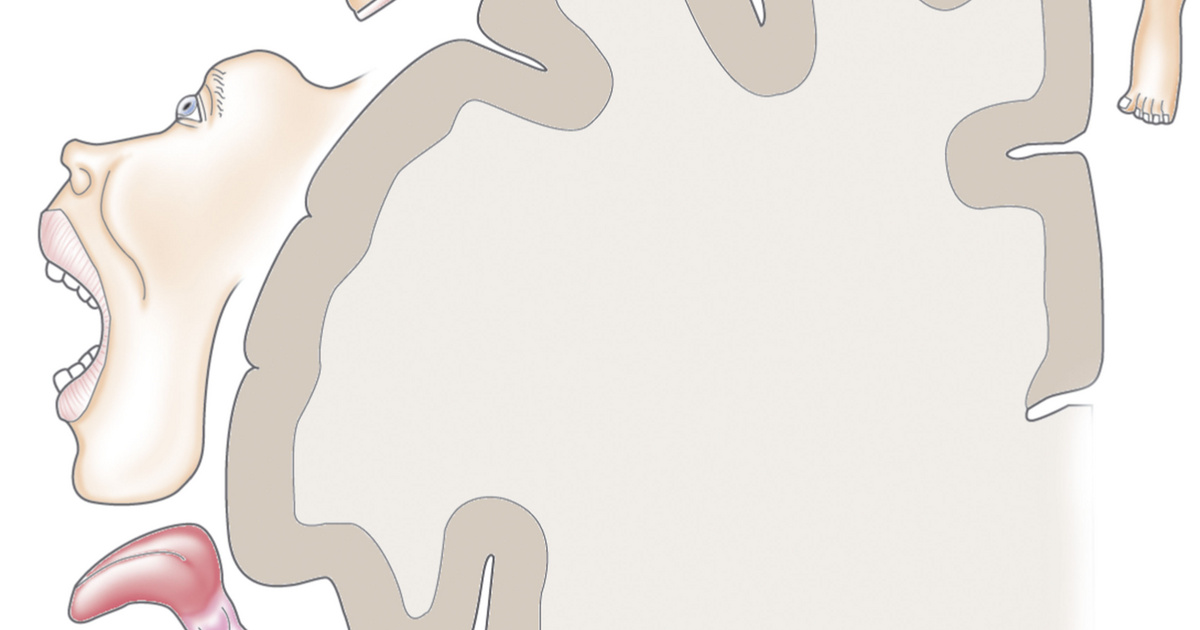Gripping a mug is a very complicated process. First, the decision to perform the movement is born, we visually assess the spatial location of objects, then with the interaction of the appropriate muscles we move the fingers and move the arm and hand towards the cup.
The section of anatomy books dealing with the nervous system and movement hasn’t changed in nearly nine decades, but now it needs an update following investigations by researchers at the University of Washington School of Medicine using magnetic medical imaging equipment.
The field was founded by Canadian-American neurosurgeon Wilder Graves Penfield in the 1930s, when he was able to map brain regions by electrical stimulation of the brains of his epileptic patients. Thus was born the image of the motor cortex and the unforgettable vision of the homunculus, in which the dimensions of the parts of the human body correspond to their sensitivity. Since a human’s hand, mouth, and tongue are more sensitive than, say, the knee, the homunculus is a strange, deformed shape with enormous feet, hands, and mouth. Penfield’s colleague, a nurse, hand-drawn one of the most widely published illustrations of the homunculus superimposed on the human cerebral cortex showing the location of the corresponding regions.
The medical training curriculum is quite extensive, so professionals skip the introductions quickly. However, the professor of radiology at the University of Washington was excited by the fact that modern MRI machines show interesting differences in measurements compared to the textbook. So, they invested their colleague and lead author of the research, Prof. Dr. Nico Duesenbach, in the machine and asked him to rotate one hand in one direction and one leg in the other.
The rabbit reaches for the carrot
As a result of the tests, the old image of the homunculus was shattered. One of the most important findings was that many neural connections start from the motor cortex to different points of the cerebral hemisphere, connecting them to different physical and mental functions, but there were also parts of the semicircular brain regions that were difficult to decipher.
As it turned out, the function of the motor cortex, which is responsible for planning movements, extends to practically the entire motor cortex. Two main tasks of nerves are intertwined here, one is responsible for stimulating movement, and the other is for tracking the current position of a particular part of the body. For example, the area that integrates the movement of the whole body is located below the area responsible for moving the fingers.
In the representation of the body, three large regions of the cortex can be recognized: the foot, the hand, and the mouth. Unknown regions of function were identified between them. These turned out to be related to a separate set of tasks, apart from planning, for example, the functioning of the internal organs. The finding is in line with research on the nervous system of primates published in the early 2000s, which found that the equivalents of these regions, for example
They are responsible for complex movements related to feeding or self-esteem.
The conclusion is that the motor cortex is part of a kind of somatocognitive network (abbreviated as SCAN), which integrates not only movement, but also signals from internal organs, breathing, and pulse.
Therefore, rounding a pot of coffee is only a simple movement if someone has not consumed a caffeinated drink in their life, otherwise it is a movement that changes the entire well-being.
(NPRAnd Scientific American)












































